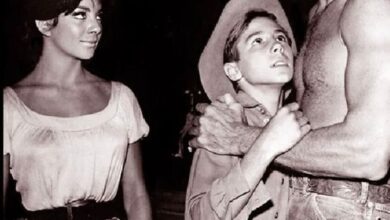
Kirk Cameron flees California for Tennessee!
Kirk Cameron is officially the latest celebrity to say goodbye to California. The Growing Pains actor revealed on Wednesday that he’s left his longtime home state and relocated to Tennessee — a decision he says has been a long time coming.
Cameron explained that his move was motivated by concerns about the state’s direction and a desire for a more grounded, faith-driven community. “California’s been moving in a particular direction for a long time,” he said, noting that the increasing “division” and cultural shifts prompted him to seek a change.
The father of six told the Washington Examiner that the move was also inspired by family ties — three of his grown children already live in Tennessee — and by what he described as the state’s “healthy freedom mindset.”
“If everything hits the fan and there’s some serious economic problems and division going on, they want to be around people who are all about God, family, and country,” Cameron said. “It’s a really nice place to be.”
The actor added that he was surprised by how many other Californians have made the same move, joking, “It’s shocking how many Californians are here. And when I see them in the grocery store, I tell them, ‘Don’t California our Tennessee.’”
Cameron’s decision mirrors that of his sister, Full House star Candace Cameron Bure, who has also been open about moving away from California “for safety and security.”
Despite the influx of former Californians, Cameron said Tennessee’s “good, wholesome values” — and, as he added with a laugh, its “good whiskey” — make it an ideal place to settle down and raise a family.




